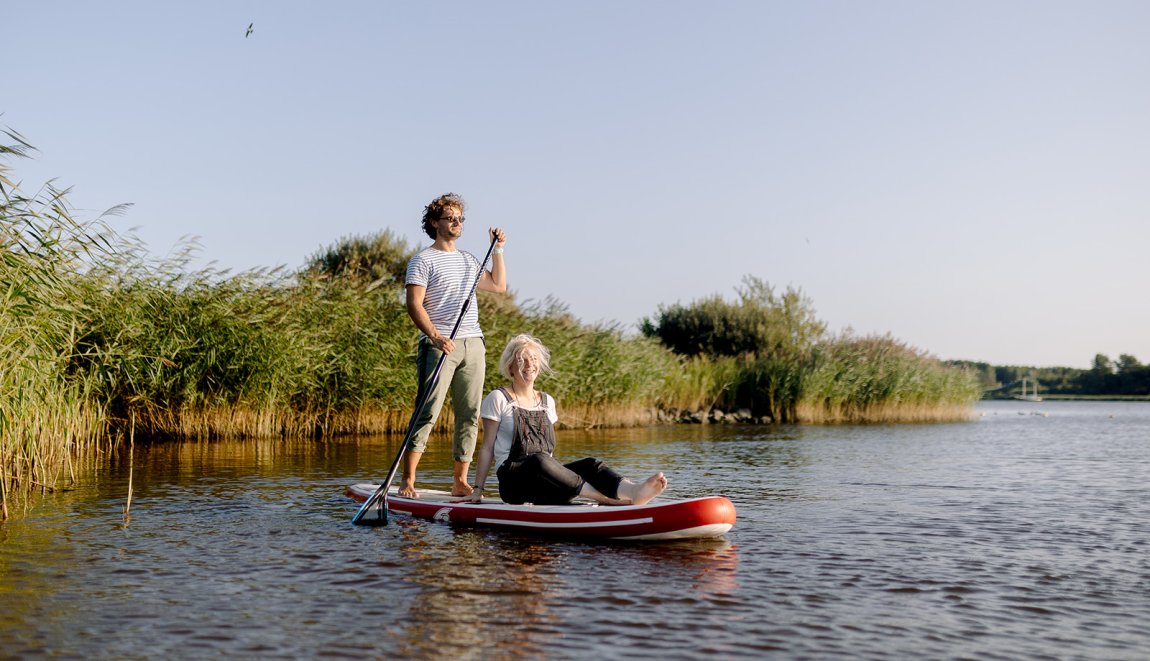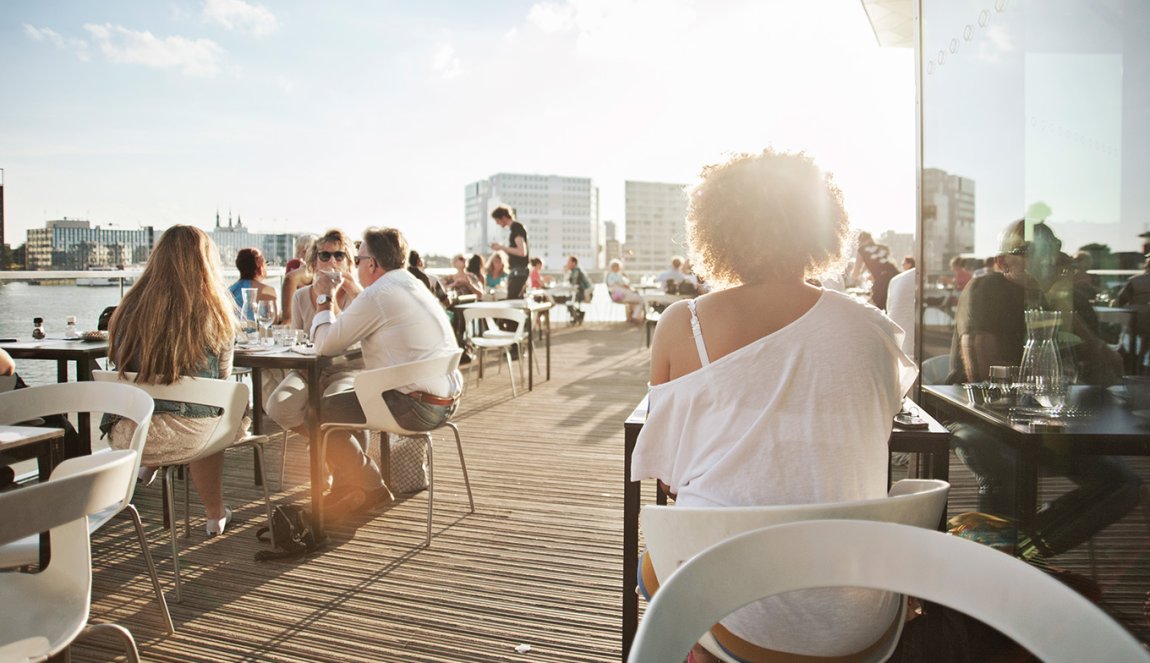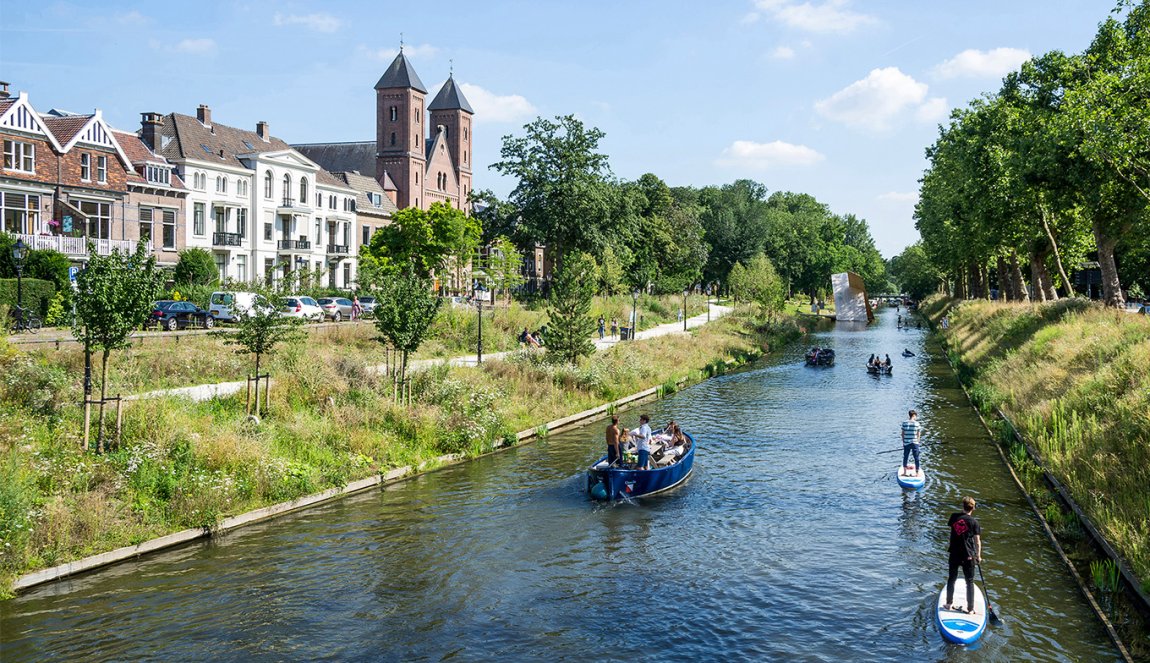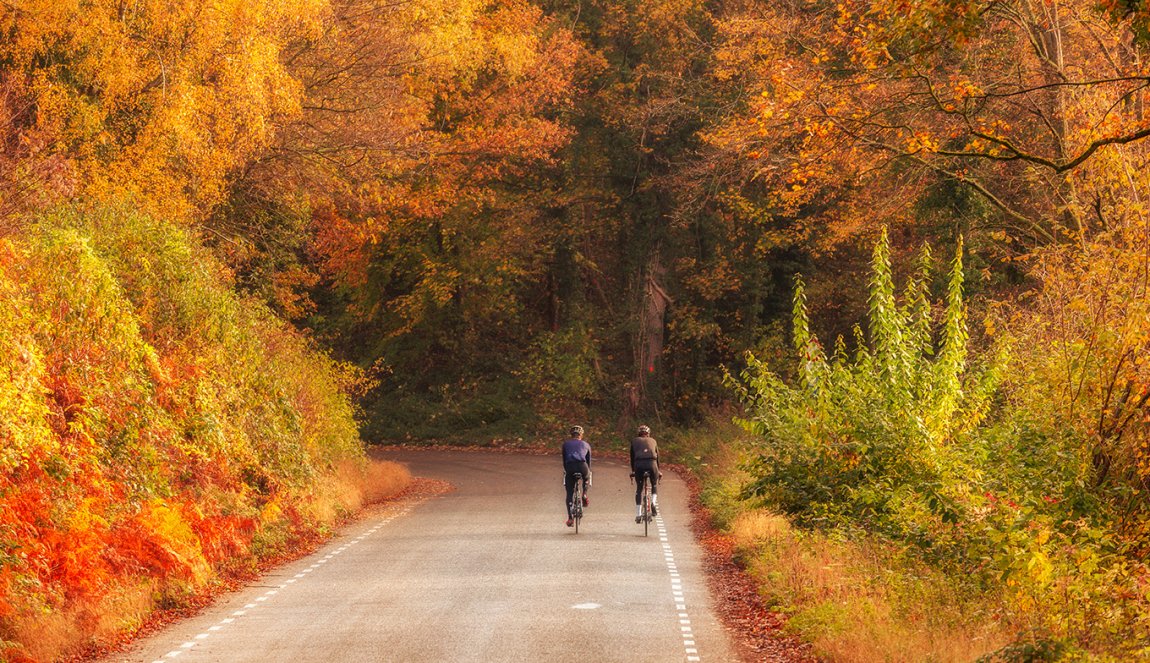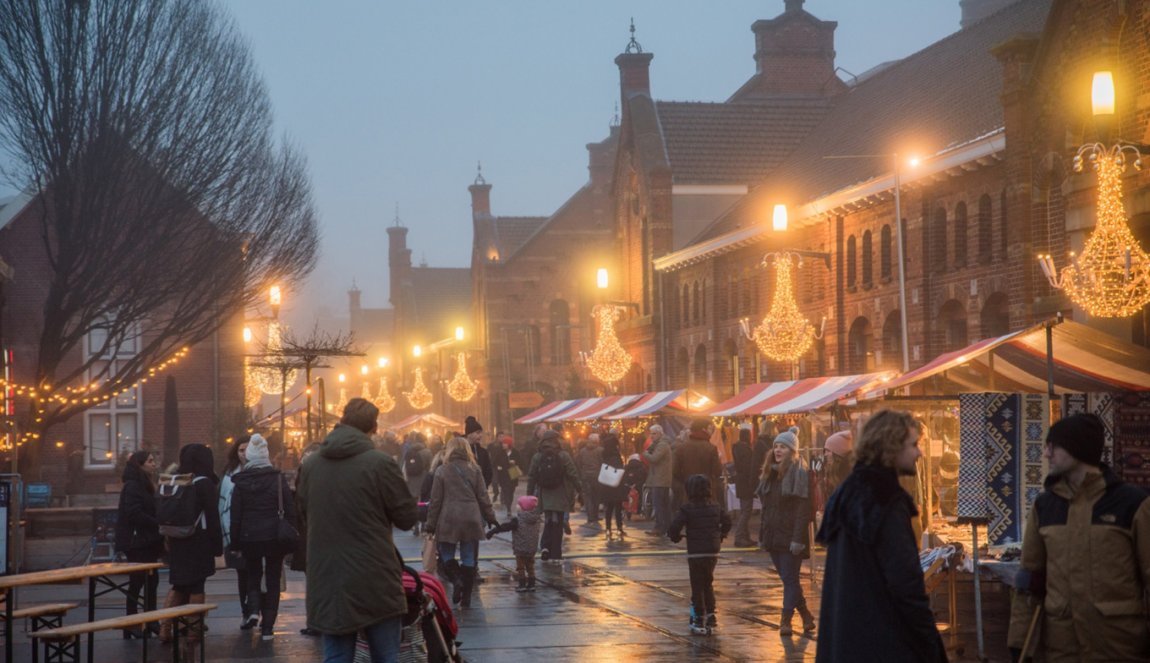
The weather in the Netherlands
From tulip fields exploding into color each spring to sun-drenched beaches in summer, and from misty autumn walks to romantic Christmas markets – the time of the year that you travel to the Netherlands will make a real difference. However, there’s no need to prepare for extremes. The climate is temperate, with gentle winters and cool summers, so you can leave the technical arctic gear or abundance of floaty linen outfits at home. Do make sure to bring a raincoat – there is rainfall in every season.
What’s the temperature?
Spring sunshine
How warm is it in summer in the Netherlands?
There’s no such thing as bad weather, only unsuitable clothing.
Autumn and winter temperatures in the Netherlands
Did you know?
…that the Dutch cycle whatever the weather? Even snow and icy conditions don’t dampen the Dutch love for their bikes.
Rainy days
There’s no way around it – the Netherlands is a rainy country. After all, this is a land of water. No month has less than 13 days of rainfall on average, so make sure you’re prepared. Pack a raincoat and waterproof shoes, have a list of museums and galleries to visit at hand, and embrace the fact that it will most likely rain more than once during your stay. In exchange, you will get to see the most spectacular, dramatic skies that inspired the magnificent landscape paintings of generations of Dutch painters.
Museums in NL
The tips from Lone Mokkenstorm
-
The history of The North Sea Floods
The Watersnoodmuseum in Ouwerkerk tells the story of the North Sea Floods of 1953, an important moment in Dutch history. The event has shaped Dutch flood management and is more relevant than ever, considering today’s climate change and rising sea levels.
-
In touch with nature
On the country’s various barefoot paths (blotevoetenpaden), you can enjoy nature by walking on soft surfaces with your shoes off. A bit of rain and mud only adds to the experience.
-
A historic observatory
The historic Sonnenborgh Museum & Observatory in Utrecht is where the Royal Netherlands Meteorological Institute was founded. Nowadays, you can visit the building on a 16th-century fortress to learn about the weather and the stars.
